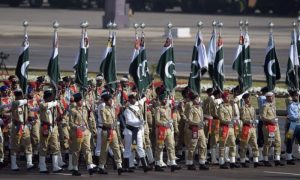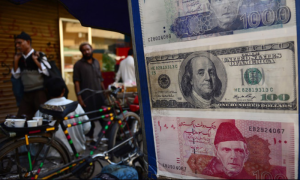HONG KONG: All but one of the 100 cities with the world’s worst air pollution last year were in Asia, according to a new report, with the climate crisis playing a crucial role in bad air quality that is risking the health of billions of people worldwide. Alarmingly a staggering 83 of these cities concentrated in India, underscoring a dire health crisis affecting billions globally.
According to the findings by IQAir, an organization tracking air quality worldwide, the vast majority of these cities exceeded the World Health Organization’s (WHO) air quality guidelines by more than tenfold. The report specifically examined levels of fine particulate matter, known as PM2.5, which poses significant health risks due to its minuscule size and ability to penetrate deep into the lungs and bloodstream.
Frank Hammes, IQAir Global CEO, emphasized the pervasive impact of air pollution on public health, citing a potential reduction in life expectancy of up to six years in some of the most heavily polluted regions. PM2.5, primarily emitted from sources like fossil fuel combustion, dust storms, and wildfires, has been linked to a myriad of health issues, including respiratory diseases, cardiovascular ailments, and cognitive impairment.
The report identified Begusarai, a city in India’s Bihar state, as the world’s most polluted city in 2023, with an average annual PM2.5 concentration exceeding WHO guidelines by 23 times. The Indian cities of Guwahati, Delhi, and Mullanpur followed closely in the rankings, reflecting the pervasive air quality crisis gripping the nation.
South Asia emerged as a focal point of concern, with 29 out of the 30 most polluted cities situated in India, Pakistan, or Bangladesh. Despite ongoing efforts to address pollution, the region continues to grapple with deteriorating air quality, exacerbating public health challenges.
Hammes stressed the urgent need for transformative changes in energy infrastructure and agricultural practices to combat air pollution effectively. He also highlighted the concerning overlap between factors driving air pollution and those fueling the climate crisis, emphasizing the interconnected nature of environmental challenges.
While North America faced its own air quality issues, particularly exacerbated by wildfires in Canada, Asia experienced a reversal of previous trends, with pollution levels rebounding across the region. China, for instance, witnessed a significant increase in pollution levels after years of progress attributed to clean air policies.
























